'Yarn' is not recognized as an internal or external command
Last updated: Apr 4, 2024
Reading time·4 min

# 'Yarn' is not recognized as an internal or external command
To solve the error "'yarn' is not recognized as an internal or external
command, operable program or batch file", install the yarn package globally by
running npm install -g yarn, restart your terminal and make sure your PATH
environment variable is set up correctly.
Open your terminal and install yarn globally by running the following command.
# 👇️ install yarn CLI globally npm install -g yarn # 👇️ get the version yarn --version
If you see a package version output from the second command, then yarn is installed successfully.
yarn fails, you have to open CMD as an administrator and rerun the commands.To open CMD as an administrator:
Click on the Search bar and type CMD.
Right-click on the Command Prompt application and click "Run as administrator".
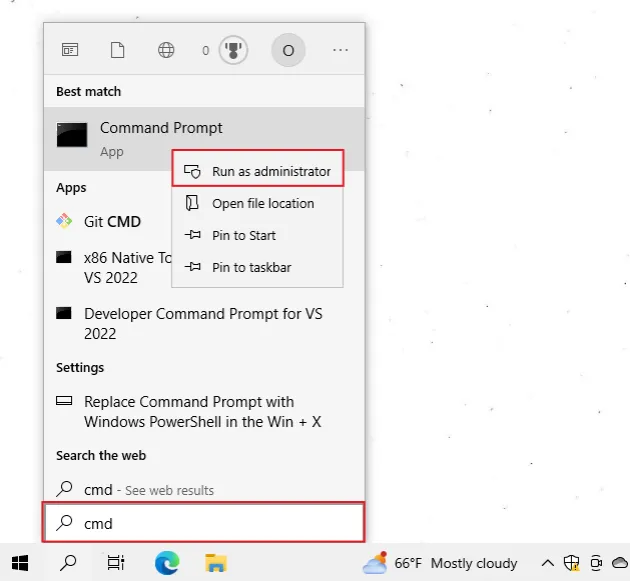
- Rerun the installation command.
# 👇️ install yarn CLI globally npm install -g yarn # 👇️ get the version yarn --version
If the error is not resolved, try restarting your terminal.
If you got the "yarn command not found" error on macOS or Linux, click on the following article.
# Add npm to your PATH environment variable on Windows
To add npm to your PATH environment variable:
- Click on the Search bar and type "environment variables".
- Click on "Edit the system environment variables".
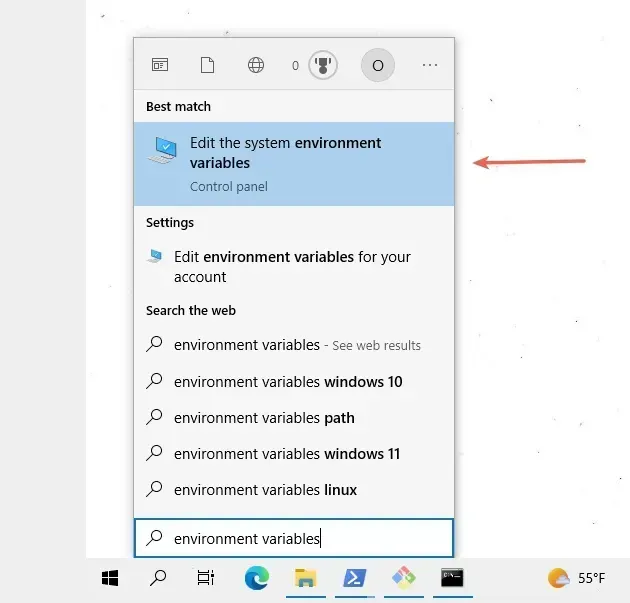
- Click on the "Environment Variables" button.
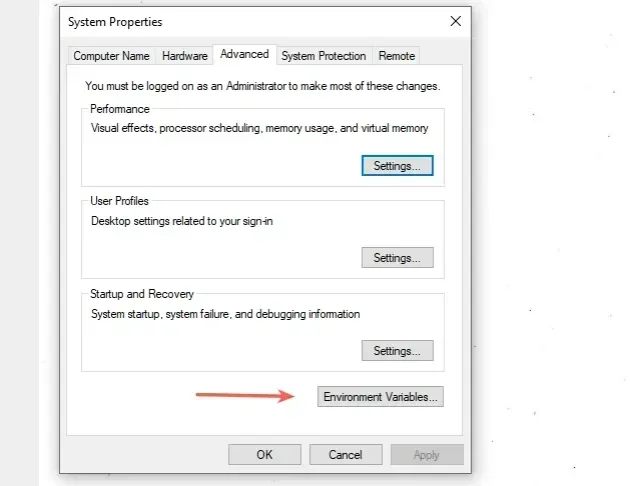
- In the "System variables" section, select the "Path" variable and click "Edit".
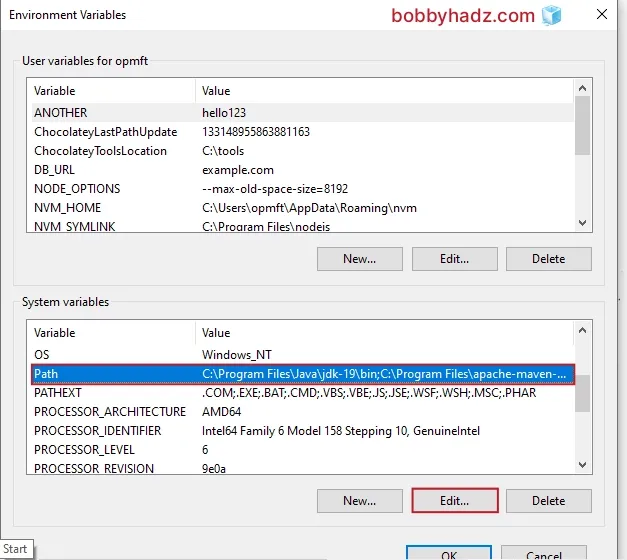
- Click on "New" and then click "Browse".
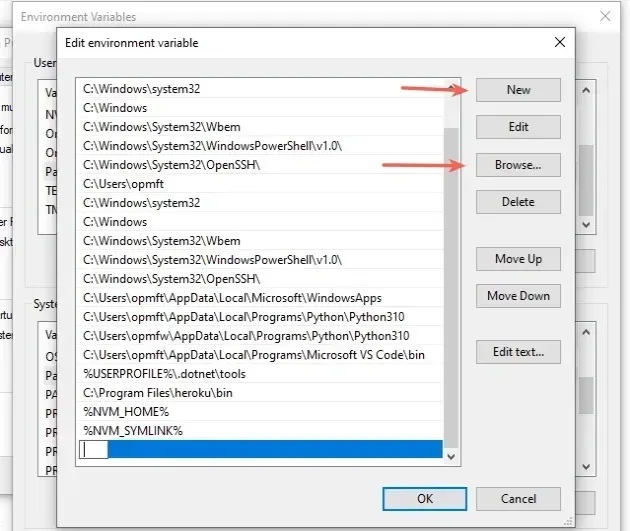
- Your
npmdirectory is most likely located under%USERPROFILE%\AppData\Roaming\npmor in other words,C:\Users\YOUR_USER\AppData\Roaming\npm.
%USERPROFILE%\AppData\Roaming\npm # 👇️ same as below (make sure to replace YOUR_USER) C:\Users\YOUR_USER\AppData\Roaming\npm
If you can't find it, run the npm config get prefix command.
npm config get prefix

Add the path to
npmand click on "OK" twice to confirm.Close your Command prompt application and then reopen it.
You might also have to restart your PC, but that's not always necessary.
- Run the following command to install the YARN CLI.
# 👇️ install yarn CLI globally npm install -g yarn # 👇️ get the version yarn --version
To open CMD as an administrator:
Click on the Search bar and type CMD.
Right-click on the Command Prompt application and click "Run as administrator".

If you get the error yarn.ps1 cannot be loaded because running scripts is disabled on this system, open your PowerShell as an administrator and set its execution policy with the Set-ExecutionPolicy command.
Set-ExecutionPolicy -ExecutionPolicy RemoteSigned -Scope CurrentUser
Set-ExecutionPolicy command.This effectively removes the execution policy of Restricted, which doesn't
allow us to load configuration files or run scripts. The Restricted execution
policy is the default for Windows client computers.
If the error persists, try to reinstall Node.js.
# Reinstalling Node.js
The easiest way to install Node and add it to your system's PATH environment variable is to:
- Open the nodejs.org page and download the Windows installer for the LTS (long-term supported) version.
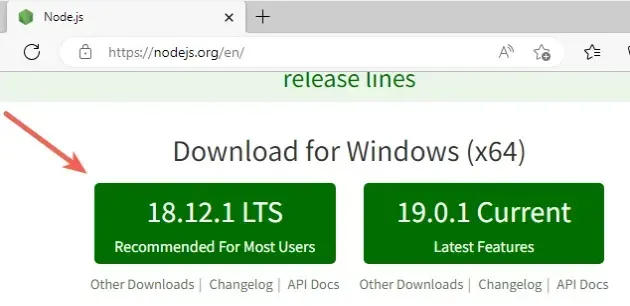
- Start the installer and click
Nexton the Welcome screen.
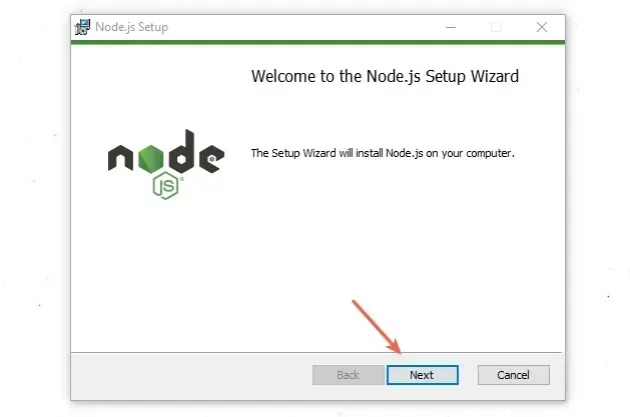
- Accept the End-User License Agreement and click
Next.
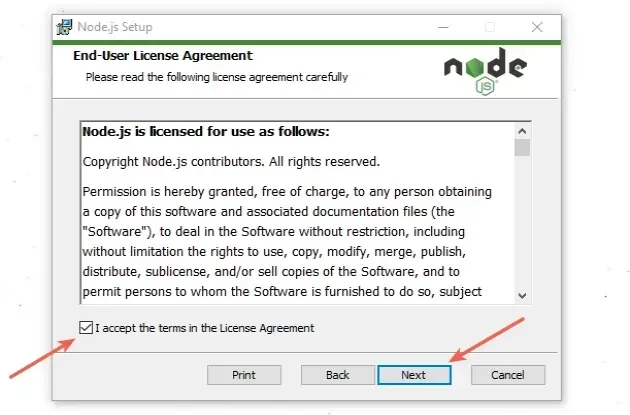
- Leave the default destination folder selected and click
Next.
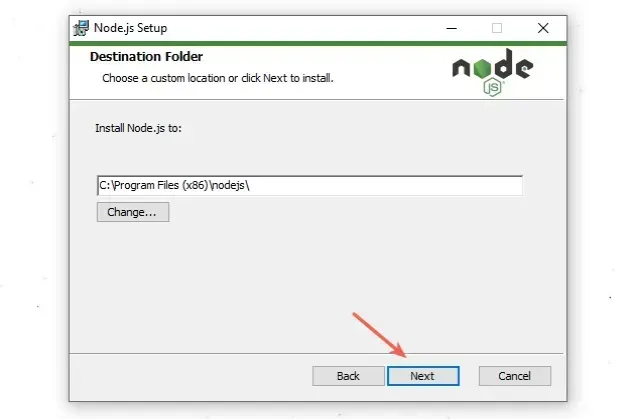
- On the "Custom Setup" screen, click
Next. Notice that there is an "Add to PATH" option.
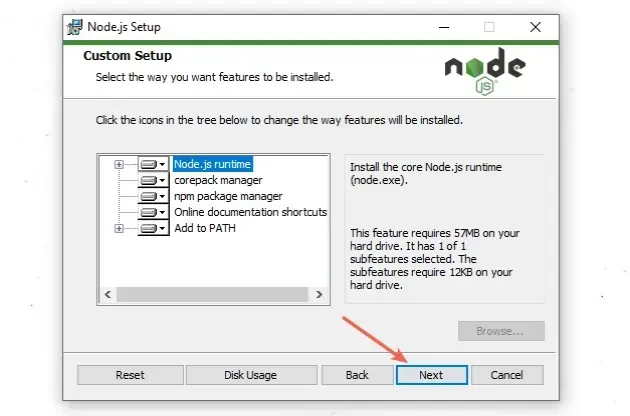
- You can optionally install tools for native modules, otherwise, click
Next.
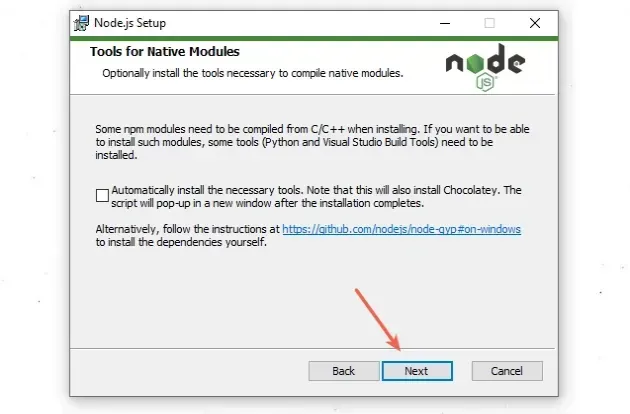
- On the next screen, click on the
Installbutton.
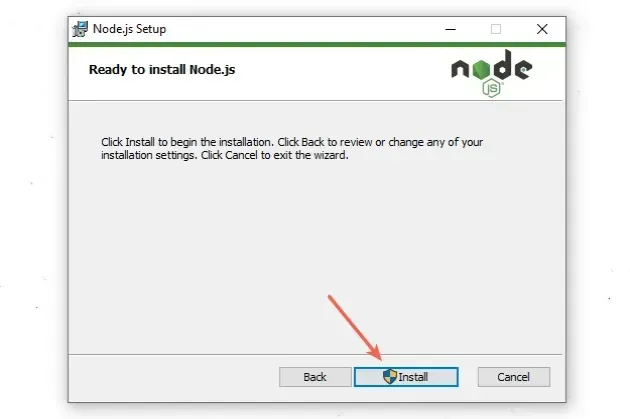
- Lastly, click on the
Finishbutton.

Make sure to close any existing command prompts and PowerShell instances for the PATH variable to get updated.
You can start a new CMD shell and use the
npm --versioncommand to make sure Node is installed.
npm --version node --version

- Run the following commands to install the YARN CLI.
# 👇️ install yarn cli globally npm install -g yarn # 👇️ get package version yarn --version
yarn fails, you have to open CMD as an administrator and rerun the commands.Alternatively, you can see how you can fix the permissions error on this page in the official npm docs.
If you have difficulties installing and setting up Node.js correctly, try using NVM to manage your Node.js version.
Click on the article that relates to you and follow the instructions.
# Additional Resources
I have two more articles on solving yarn-related errors:
# Additional Resources
You can learn more about the related topics by checking out the following tutorials:
- 'npm' is not recognized as an internal or external command
- npx: command not found Error in Windows, Linux, macOS [Fix]
- 'nvm' is not recognized as an internal or external command
- 'vite' is not recognized as an internal or external command
- 'nodemon' is not recognized as an internal or external command
- 'nuxt' is not recognized as an internal or external command
- 'rimraf' is not recognized as an internal or external command
- 'vue-cli-service' is not recognized as an internal or external command
- How to force Yarn to reinstall a package
- Yarn: There appears to be trouble with your network connection. Retrying

